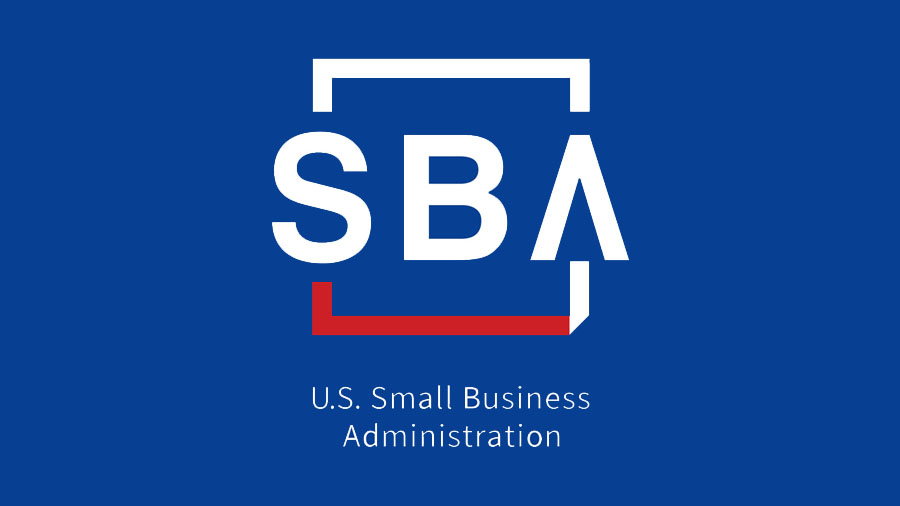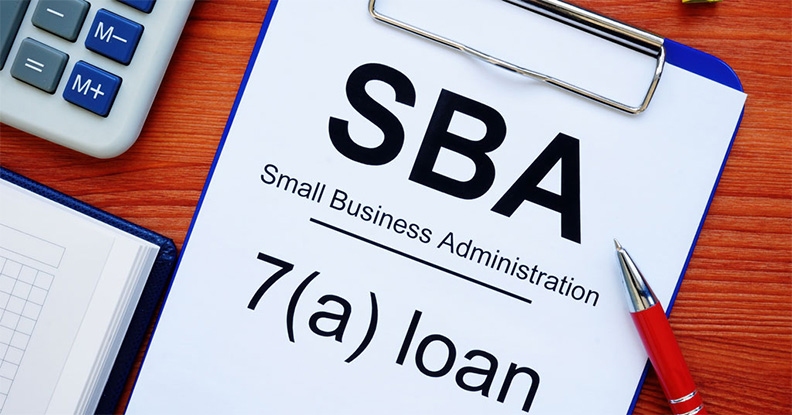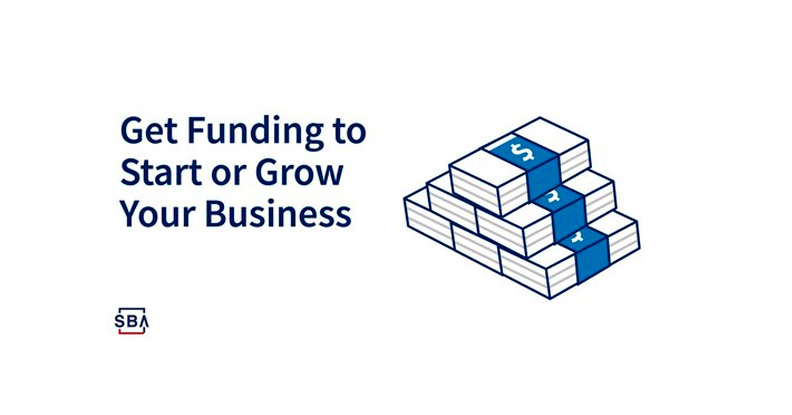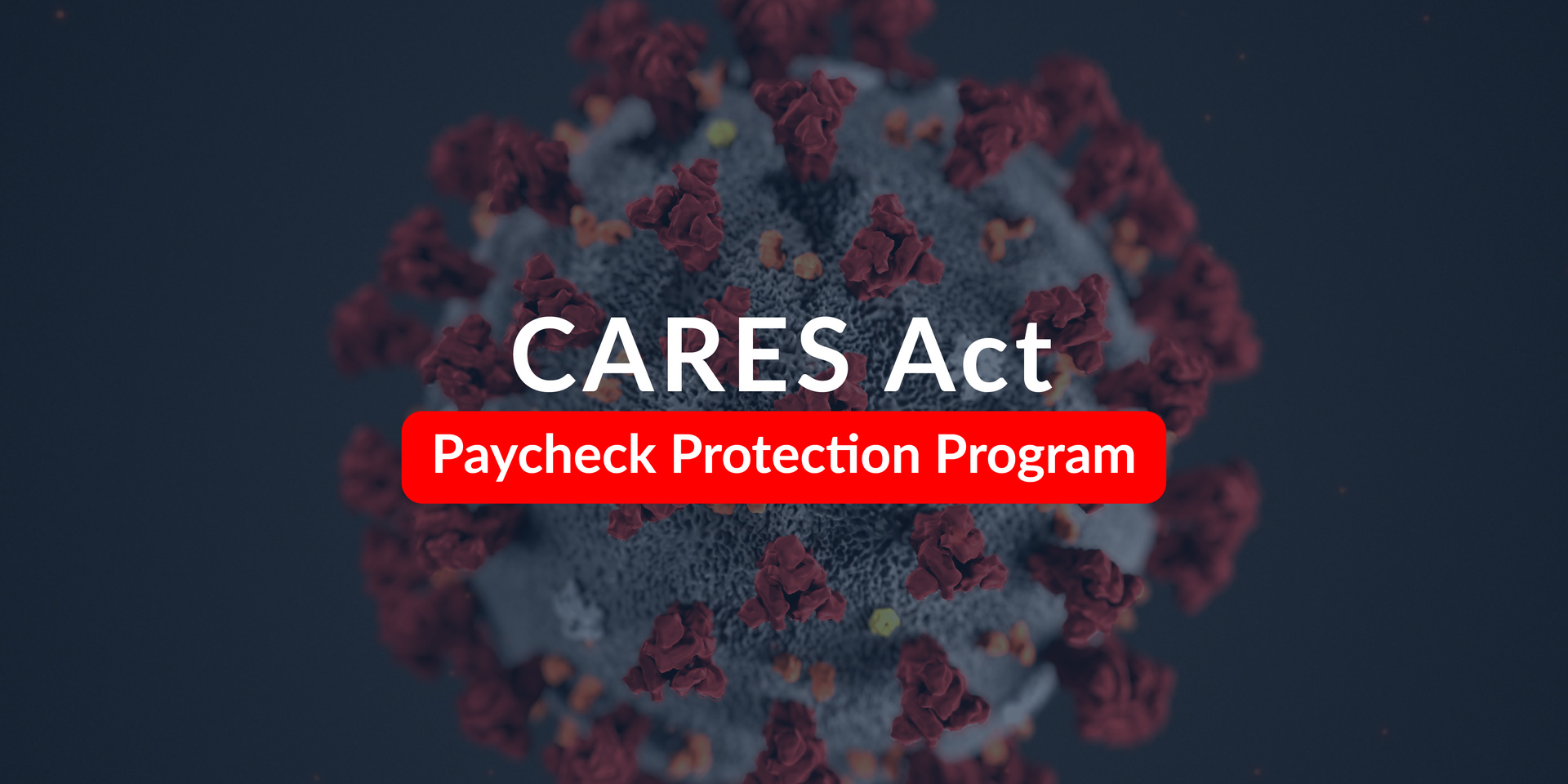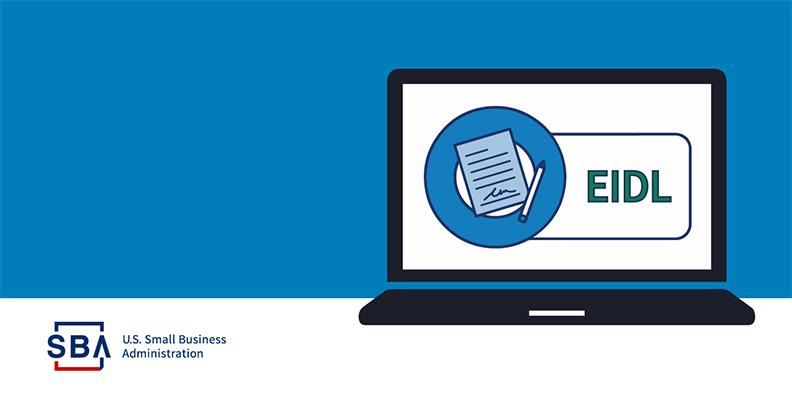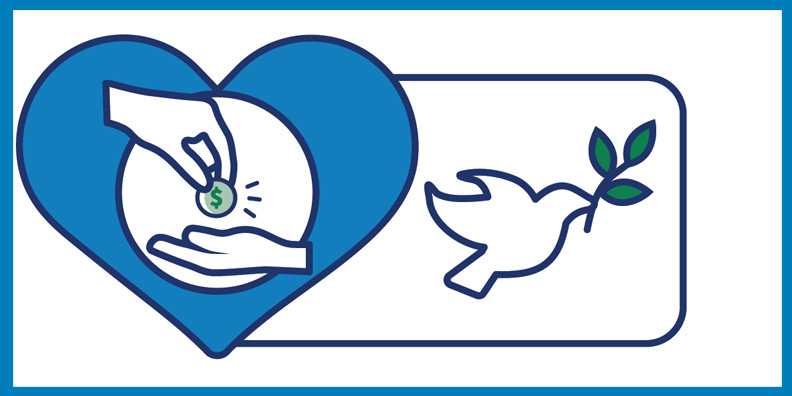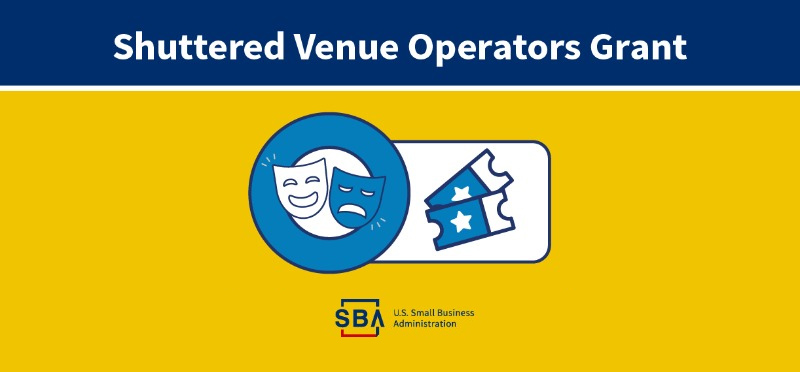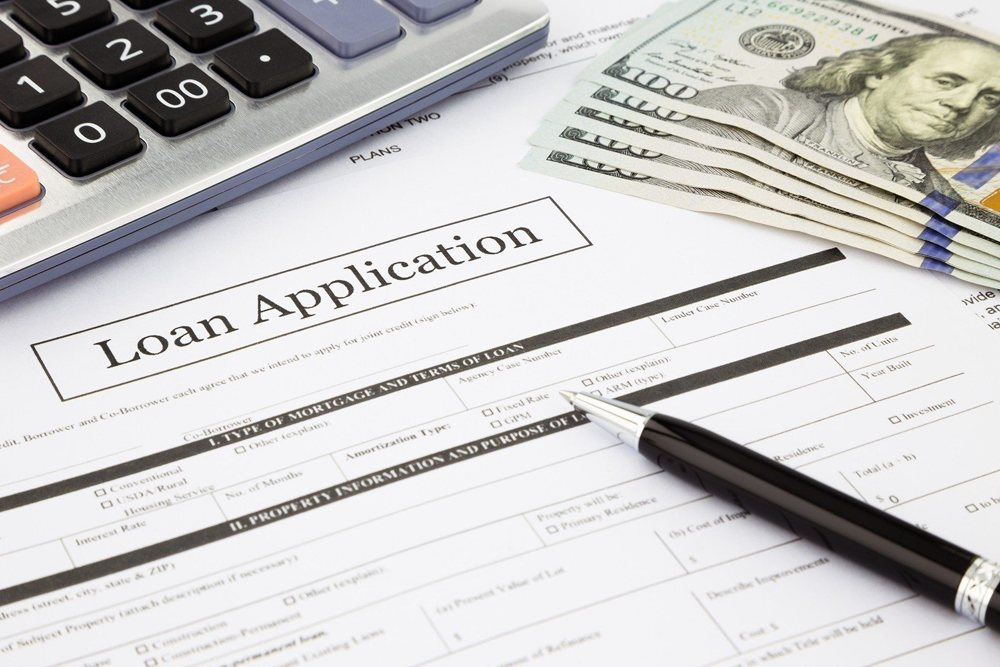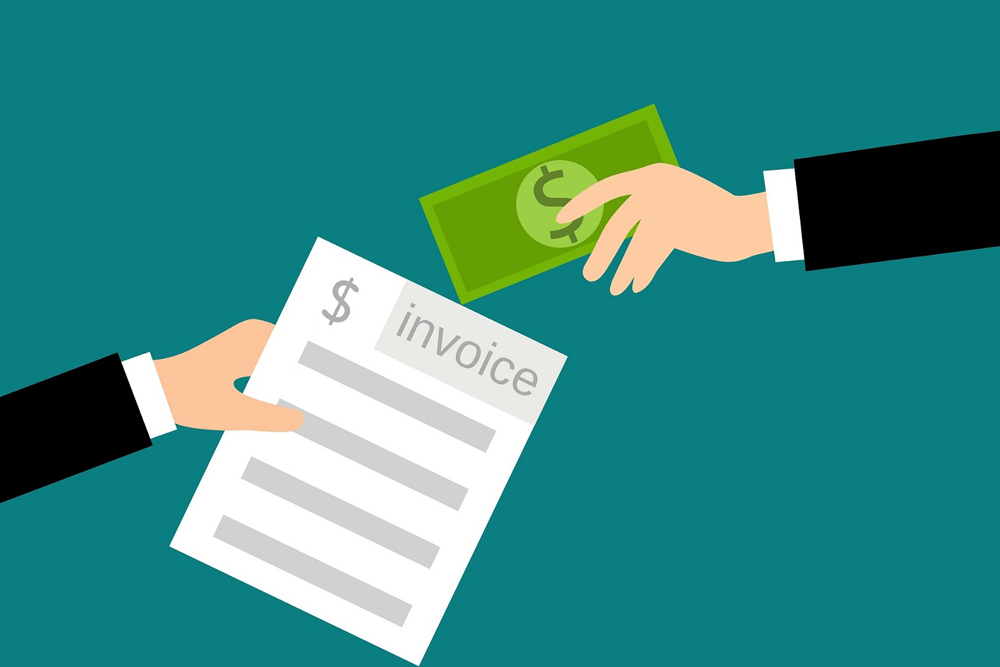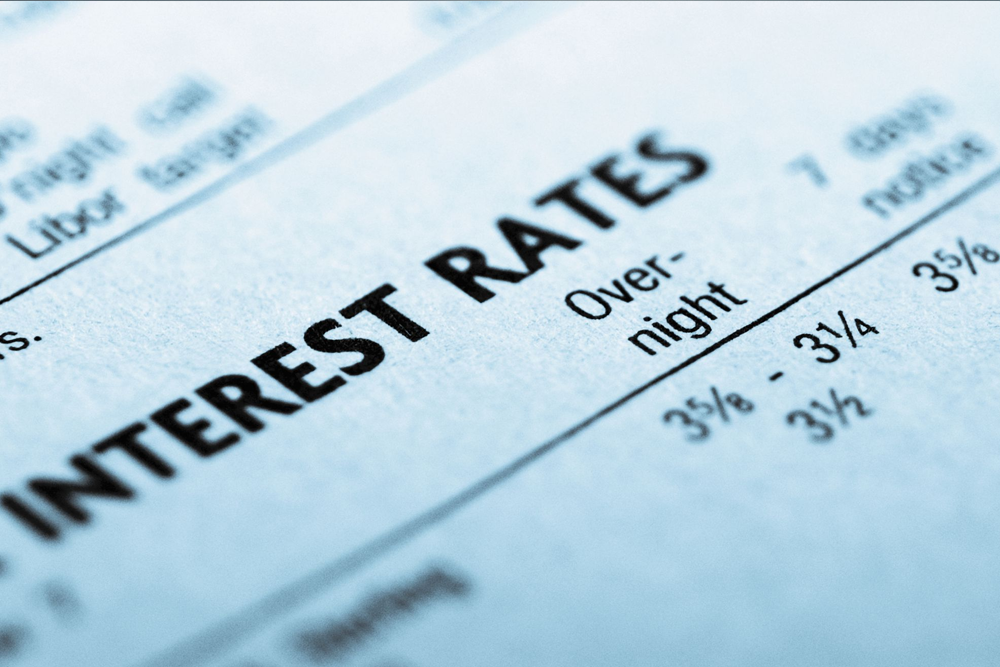Factors affecting loans and mortgages
Small business funding is critical to help the American economy grow. Small businesses are companies with 500 or fewer employees. This is because small businesses make up two out of three jobs in the country. Having affordable loan products makes it easier for small businesses to experience business development thus, employing more workers, increasing cash flow, and paying off debt. At certain points, business cycle concerns are raised about small businesses facing obstacles when seeking business financing, for instance, eligibility for loans.
The Federal government recognizes the importance of small businesses. Thus, Congress created the Small Business Administration (SBA). Government agencies like the SBA help in small business lending; for example, they guarantee loans made by the Private sector. SBA programs such as the Small Business Investment Company (SBIC) stimulate private equity investments and long-term loans to small businesses. With its different programs, SBA hopes to promote community development and economic development. Small business borrowing is monitored, and information on this is available in several sources like the Federal Reserve.
Table of Content:
- SBA guaranteed loans and development programs.
- The different types of loans.
- Alternative sources of small business financing.
SBA guaranteed loans and development programs
The U.S. Small Business Administration was established to help small businesses. The SBA does this by guaranteeing loans. This is meant to make lenders look more favorably on loan requests from small businesses. It is important to note that the fluctuation of loan applications is not just due to the challenges borrowers face from traditional/conventional lenders. Some factors affecting loan applications are; the change in loan standards, anticipated customer demands by small businesses, and the quality of projects financed.
The following are some of the SBA programs that, as a small business owner, you can use to finance your business:
SBA Small Business Loan Programs
The SBA 7(a) Loan Program
The SBA 7(a) loan is the most common lending program that is offered. It best suits borrowers looking to purchase real estate and can also be used for working capital, capital investment, or purchase inventory, among other operational business concerns. Borrowers should ensure their business credit, and personal credit is solid.
The Microloan Program
Microloans offered by the SBA are suited for startup businesses, certain nonprofits, or small business expansion. Microloan loan amounts are generally at $50,000. Borrowers are prohibited from purchasing real estate with loan funds. Small business owners can get this loan when raising capital. The loan requirements include; documentation such as a business plan, resume, financial information (bank statements), and collateral.
The 504 Loan Program
The SBA 504 Loan is also called the equipment loan or the real estate loan. As the name suggests, this loan is utilized for equipment financing or real estate financing. This is because these loans provide conducive interest payments and long-term, fixed-rate small business financing conducive to large asset purchasing.
The COVID19 Relief Options
The impact of COVID19 on small businesses is undeniable; hence, the U.S. Small business administration has provided relief funds as business resources have dwindled. Applications for these programs are found at sba.gov. They include:
The Paycheck Protection Program (PPP Loans)
During the Covid19 emergency, it was created to encourage small business owners to retain their employees. It functions as disaster assistance that ensures employees are kept on the payroll. The program has ended; however, active applicants and awardees are still eligible for the PPP loan forgiveness program.
The COVID19 EIDL (Economic Injury Disaster Loan)
This disaster loan is aimed at small businesses, particularly those in the agricultural department and certain nonprofits.
The SBA Debt Relief
This debt relief applies to all borrowers of the 7(a), 504, and microloans. There is no application needed.
The Restaurant Revitalization Fund
This no-interest rate loan is aimed at small businesses in the food and service industry who have experienced the negative impact of COVID19. Social distancing and lockdown efforts have affected small businesses, especially in the food and service industry; this emergency loan helps them stay afloat.
Shuttered Venus Operators Grant
This grant program is aimed at venue operators. Small businesses that the pandemic has heavily impacted can apply for financial business assistance through this grant program. These operators’ grants do not have to be paid back.
The different types of loans
-
Bank loans
Bank loans are the second most popular funding source for small businesses; this is after retained earnings. Bank loans are one of the best sources of funding. They also have the lowest interest rates among the financing options. They provide a wide variety of loans, for example, short-term loans used for working capital or long-term loans like equipment loans, with the best rates provided by credit unions and community banks. However, it is difficult for new businesses to qualify for bank loans. The lending standards put in place by the bank could be unconducive. You must have a stable credit history. Bank loans sometimes require collateral or down payment. There are many small business loan qualifications involved, such as presenting a business plan.
-
SBA Loans
A Small Business Administration guaranteed a loan is a good option if you don’t qualify for a bank loan. There are many different types of loans, including; microloans that service startup businesses, 504 loans, and 7(a) loans that serve larger, well-established small businesses. For businesses hard hit by the pandemic, they offer the COVID19 Relief funds. These relief options include the Paycheck Protection Program (PPP Loans), a loan forgiveness program. There is the SBA Debt Relief program which is part of the CARES Act. This program applies to all existing borrowers of the 7(a) and 504 SBA loans. However, SBA loans are very paper-intensive and time-consuming.
-
Microloans
Microloans are best suited for startups and thus don’t require a demonstration of creditworthiness. The SBA Microloan program works with nonprofits, specifically child care centers and small businesses. The borrower is required to provide collateral and personal guarantees. Loan amounts of up to $50,000 are available with reasonable terms. Microloans are not to be used to pay off debts or buy real estate.
-
BootStrap Loans
They are the most common source of funds. This is because loan applications are time-consuming in comparison. Most business owners, when starting, will use their own funds, loans from family and friends, or a credit card. This is because they are much easier and quicker to get access to. The disadvantage is, though, that loans from family and friends are emotionally risky for the borrower. These loans can ruin relationships permanently. Or this could lead to the person in question interfering with your business. Only 10% of borrowers opt to use their credit cards to start a business. This is due to the high-interest rates. One could opt to take a home equity loan, but you risk losing your home if you can not pay for the loan.
Alternative sources of business funding
Since the financial crisis of 2008, small business loans issued by commercial banks have gone down by 20%. Additionally, only a third of small business loan applicants indicate having gotten the financial assistance they needed when they last approached a financial institution. Borrowers have opted into looking for other sources of small business finance, including:
- Crowdsourcing – This is when a group of people provides financial assistance for a business through a website. This requires getting people excited for your business aim.
- Angel investors – A group of very wealthy individuals, provide you with business financing funds. In return, they expect part ownership of the business and a percentage of all future profits. They are more likely to tolerate high risk, as they are looking for high returns.
- Venture capitalists – These are companies who will use an investor’s fund and not their own. They expect to get controlling shares of ownership and a percentage of profits. They will offer you more money than an angel investor would but tolerate less risk.
- Businesses lending to other businesses lend money to other businesses for many reasons; this acts as an investment of the larger businesses. The business borrowing may be expected to give operational control to the larger business.
- Small Business Grants – Business grants require no repayment. However, the loan application process and approval are time-consuming. And your business is expected to serve a certain cause as outlined by the government.
- Private Equity – Entails a group of investors buying controlling shares in a company. They have a time horizon of 5 to 10 years.
- Self-Liquidating loan – This is a good option for seasonal businesses. Loans help you purchase assets or inventory that you can then sell. Loan repayment is made after you sell the bought assets, and you keep the profits.
- Supply chain financing – This loan functions like a payday loan for the business. Suppliers will use their invoice for a shipment as collateral. They then get low-interest loans from the lender. The business’s creditworthiness allows the bank to give out this loan, as they know they will get paid.
- Online lenders and Alternative lenders;
| Advantages | Disadvantages |
|
|
Luckily for loan borrowers, non-bank lenders are encouraged to sign the Small Business Borrower’s Bill of Rights. Guidelines have been put in place to protect small business owners from predatory lenders. These guidelines include; the right to transparent pricing and terms. Borrowers are encouraged to conduct market research to ensure they find the best business finance loan for them.


